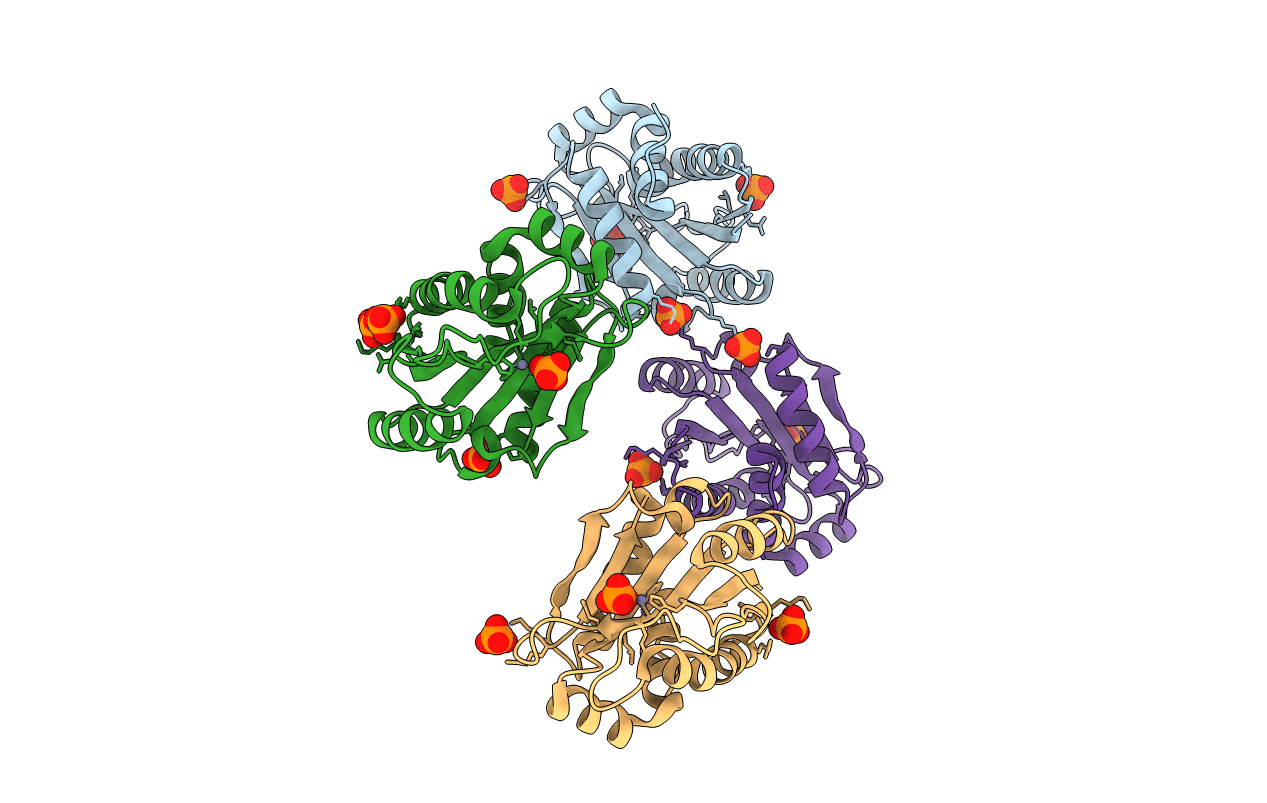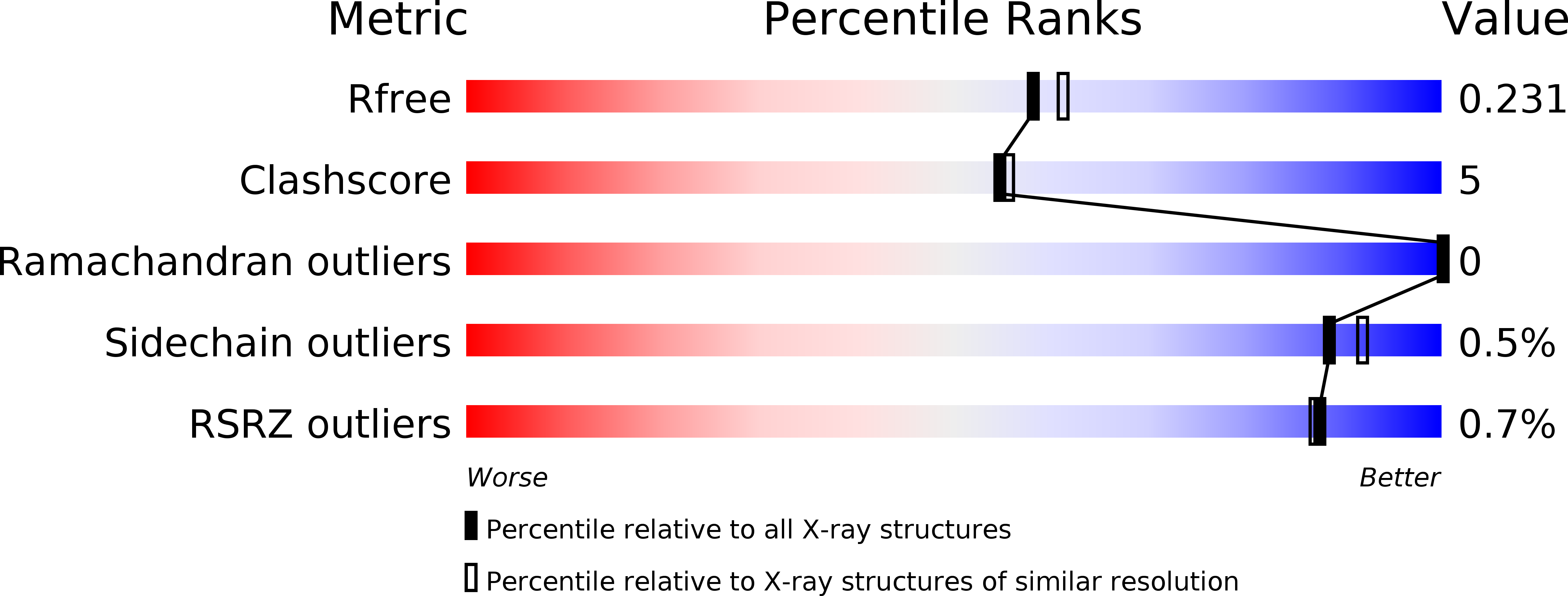
Deposition Date
2011-01-12
Release Date
2011-12-28
Last Version Date
2023-09-13
Entry Detail
PDB ID:
3QAY
Keywords:
Title:
Catalytic domain of CD27L endolysin targeting Clostridia Difficile
Biological Source:
Source Organism:
Clostridium phage phiCD27 (Taxon ID: 559189)
Host Organism:
Method Details:
Experimental Method:
Resolution:
2.00 Å
R-Value Free:
0.24
R-Value Work:
0.18
R-Value Observed:
0.18
Space Group:
P 1


